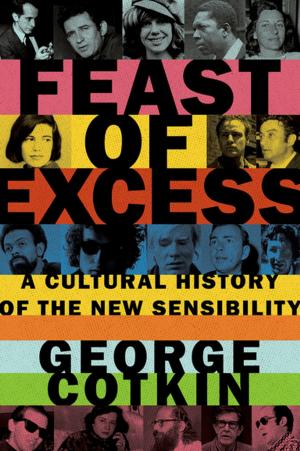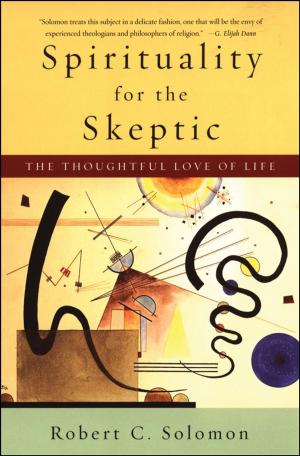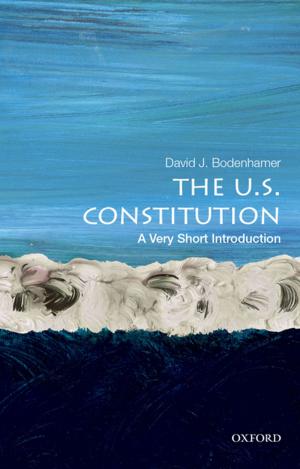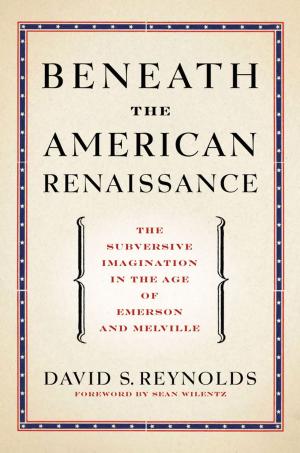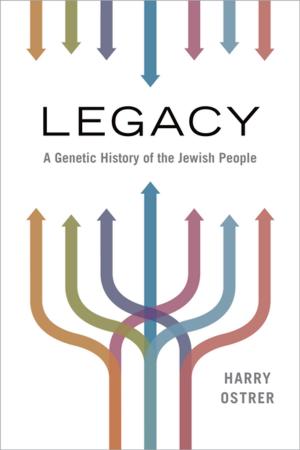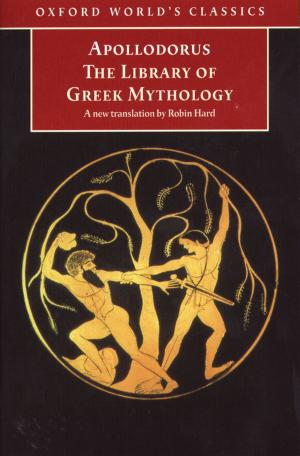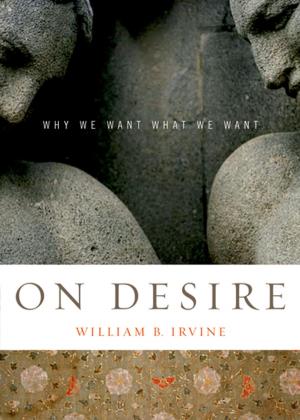The Dream Endures
California Enters the 1940s
Nonfiction, History, Americas, United States, 20th Century| Author: | Kevin Starr | ISBN: | 9780199923939 |
| Publisher: | Oxford University Press | Publication: | November 28, 2002 |
| Imprint: | Oxford University Press | Language: | English |
| Author: | Kevin Starr |
| ISBN: | 9780199923939 |
| Publisher: | Oxford University Press |
| Publication: | November 28, 2002 |
| Imprint: | Oxford University Press |
| Language: | English |
What we now call "the good life" first appeared in California during the 1930s. Motels, home trailers, drive-ins, barbecues, beach life and surfing, sports from polo and tennis and golf to mountain climbing and skiing, "sportswear" (a word coined at the time), and sun suits were all a part of the good life--perhaps California's most distinctive influence of the 1930s. In The Dream Endures, Kevin Starr shows how the good life prospered in California--in pursuits such as film, fiction, leisure, and architecture--and helped to define American culture and society then and for years to come. Starr previously chronicled how Californians absorbed the thousand natural shocks of the Great Depression--unemployment, strikes, Communist agitation, reactionary conspiracies--in Endangered Dreams, the fourth volume of his classic history of California. In The Dream Endures, Starr reveals the other side of the picture, examining the newly important places where the good life flourished, like Los Angeles (where Hollywood lived), Palm Springs (where Hollywood vacationed), San Diego (where the Navy went), the California Institute of Technology in Pasadena (where Einstein went and changed his view of the universe), and college towns like Berkeley. We read about the rich urban life of San Francisco and Los Angeles, and in newly important communities like Carmel and San Simeon, the home of William Randolph Hearst, where, each Thursday afternoon, automobiles packed with Hollywood celebrities would arrive from Southern California for the long weekend at Hearst Castle. The 1930s were the heyday of the Hollywood studios, and Starr brilliantly captures Hollywood films and the society that surrounded the studios. Starr offers an astute discussion of the European refugees who arrived in Hollywood during the period: prominent European film actors and artists and the creative refugees who were drawn to Hollywood and Southern California in these years--Igor Stravinsky, Arnold Schoenberg, Man Ray, Bertolt Brecht, Christopher Isherwood, Aldous Huxley, Thomas Mann, and Franz Werfel. Starr gives a fascinating account of how many of them attempted to recreate their European world in California and how others, like Samuel Goldwyn, provided stories and dreams for their adopted nation. Starr reserves his greatest attention and most memorable writing for San Francisco. For Starr, despite the city's beauty and commercial importance, San Francisco's most important achievement was the sense of well-being it conferred on its citizens. It was a city that "magically belonged to everyone." Whether discussing photographers like Edward Weston and Ansel Adams, "hard-boiled fiction" writers, or the new breed of female star--Marlene Dietrich, Jean Harlow, Bette Davis, Carole Lombard, and the improbable Mae West--The Dream Endures is a brilliant social and cultural history--in many ways the most far-reaching and important of Starr's California books.
What we now call "the good life" first appeared in California during the 1930s. Motels, home trailers, drive-ins, barbecues, beach life and surfing, sports from polo and tennis and golf to mountain climbing and skiing, "sportswear" (a word coined at the time), and sun suits were all a part of the good life--perhaps California's most distinctive influence of the 1930s. In The Dream Endures, Kevin Starr shows how the good life prospered in California--in pursuits such as film, fiction, leisure, and architecture--and helped to define American culture and society then and for years to come. Starr previously chronicled how Californians absorbed the thousand natural shocks of the Great Depression--unemployment, strikes, Communist agitation, reactionary conspiracies--in Endangered Dreams, the fourth volume of his classic history of California. In The Dream Endures, Starr reveals the other side of the picture, examining the newly important places where the good life flourished, like Los Angeles (where Hollywood lived), Palm Springs (where Hollywood vacationed), San Diego (where the Navy went), the California Institute of Technology in Pasadena (where Einstein went and changed his view of the universe), and college towns like Berkeley. We read about the rich urban life of San Francisco and Los Angeles, and in newly important communities like Carmel and San Simeon, the home of William Randolph Hearst, where, each Thursday afternoon, automobiles packed with Hollywood celebrities would arrive from Southern California for the long weekend at Hearst Castle. The 1930s were the heyday of the Hollywood studios, and Starr brilliantly captures Hollywood films and the society that surrounded the studios. Starr offers an astute discussion of the European refugees who arrived in Hollywood during the period: prominent European film actors and artists and the creative refugees who were drawn to Hollywood and Southern California in these years--Igor Stravinsky, Arnold Schoenberg, Man Ray, Bertolt Brecht, Christopher Isherwood, Aldous Huxley, Thomas Mann, and Franz Werfel. Starr gives a fascinating account of how many of them attempted to recreate their European world in California and how others, like Samuel Goldwyn, provided stories and dreams for their adopted nation. Starr reserves his greatest attention and most memorable writing for San Francisco. For Starr, despite the city's beauty and commercial importance, San Francisco's most important achievement was the sense of well-being it conferred on its citizens. It was a city that "magically belonged to everyone." Whether discussing photographers like Edward Weston and Ansel Adams, "hard-boiled fiction" writers, or the new breed of female star--Marlene Dietrich, Jean Harlow, Bette Davis, Carole Lombard, and the improbable Mae West--The Dream Endures is a brilliant social and cultural history--in many ways the most far-reaching and important of Starr's California books.

